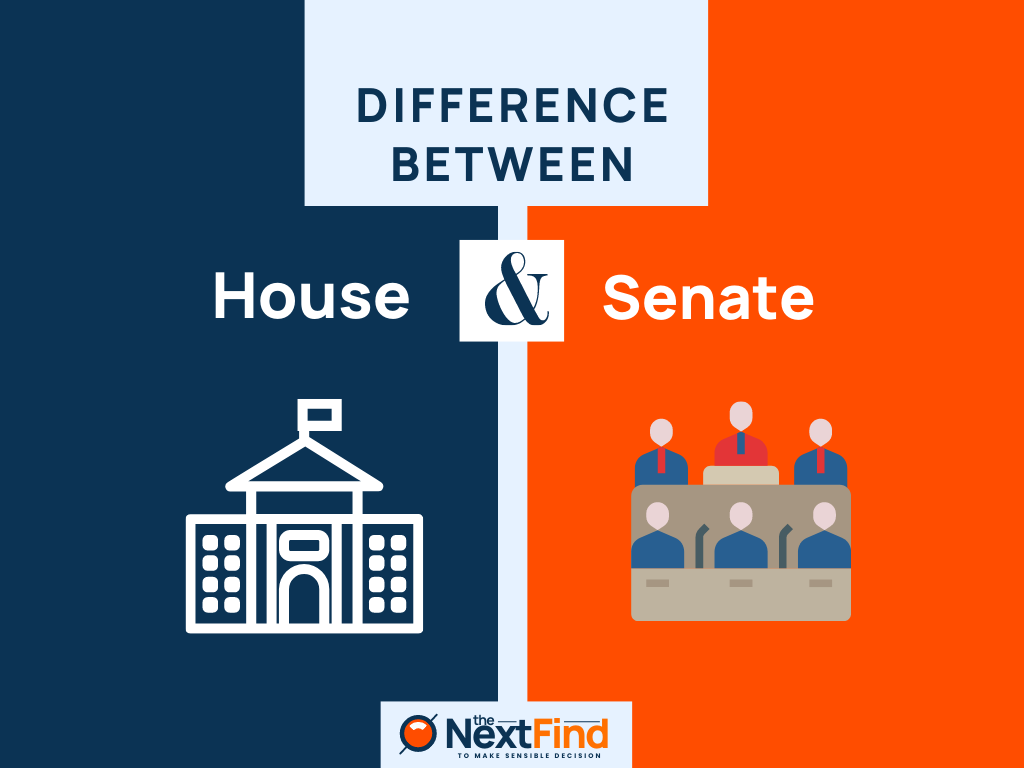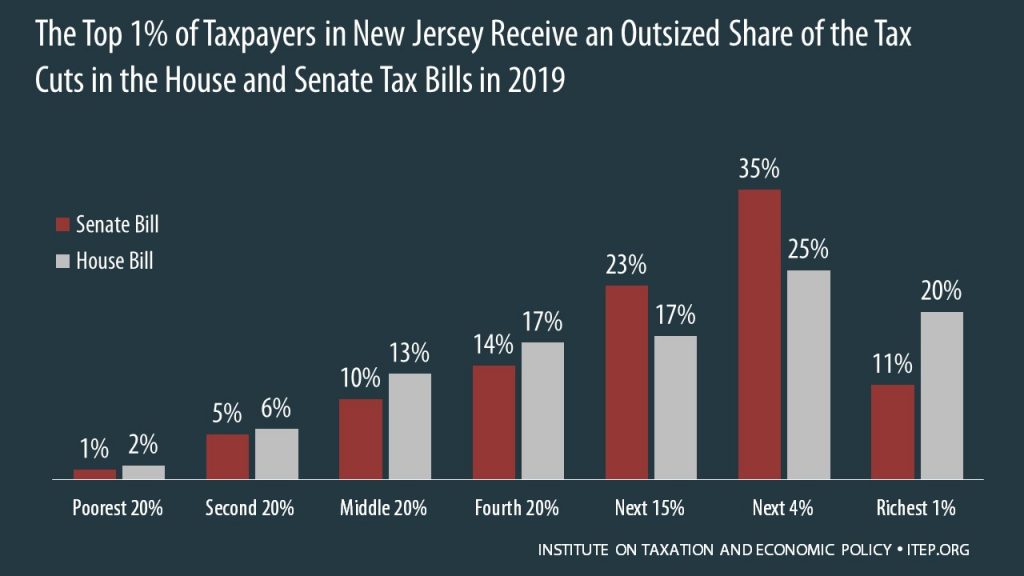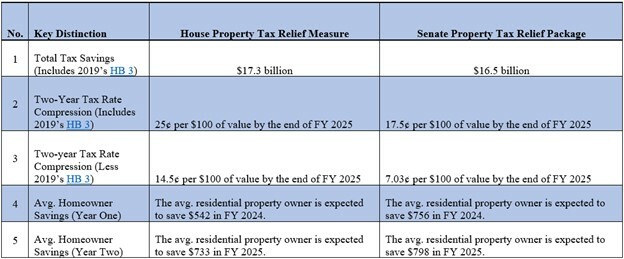Compare Senate And House Tax Plans The House bill would condense the number of tax brackets to four 12 percent for income up to 90 000 25 percent for income up to 260 000 35 percent for income up to 1 million and 39 6
The top marginal rate falls to 38 5 per cent Both plans roughly double the standard deduction for individual tax returns but their detailed treatments of other deductions differ The Senate The House bill would consolidate the seven current federal income tax brackets into four 12 25 35 and 39 6 The Senate plan would still have seven tax brackets but they would be 10 12 22 5 25 32 5 35 and 38 5 Currently the brackets are 10 15 25 28 33 35 and 39 6 Personal exemptions and standard deduction
Compare Senate And House Tax Plans

Compare Senate And House Tax Plans
http://minnesotareformer.com/wp-content/uploads/2023/04/P1094253-scaled.jpg

The President s Message To Both Houses Of Congress Message To The
http://tile.loc.gov/storage-services/service/rbc/rbpe/rbpe22/rbpe226/22604500/001dr.jpg

20 Differences Between House And Senate Explained
https://thenextfind.com/wp-content/uploads/2022/10/difference-between-house-senate.png
In the Senate plan the lowest rate would be 10 percent starting at 9 525 for single filers and 19 050 for joint filers That s slightly higher than what s in place today Top tax rate Senate and House plans both roughly double the standard deduction House goes to 24 400 and the Senate has a 24 000 standard deduction Both plans increase the child tax credit and raise the income caps
But how do they compare to each other the House plan are permanent while most Senate provisions affecting individuals expire in 2025 And while the House plans to permanently repeal the AMT Comparing the House and Senate Tax Reform Proposals Both plans have similar themes but the details have many d ifferences Senate and House plans both roughly double the standard deduction House goes to 24 400 and the Senate has a 24 000 standard deduction Both plans increase the child tax credit and
More picture related to Compare Senate And House Tax Plans

Resolved By The Senate And House Of Representatives Of The United
https://tile.loc.gov/storage-services/service/rbc/rbpe/rbpe22/rbpe221/22100100/001dr.jpg

Making 2 Become 1 Ironing Out Senate And House Tax Bill Differences
https://static01.nyt.com/images/2017/12/06/business/06DC-TAXCOMPARE2/merlin_130596123_c352d772-247f-4076-9412-82d82dd6baee-articleLarge.jpg?quality=75&auto=webp&disable=upscale

Image 1 Of To The Honorable Senate And House Of Representatives Of The
http://tile.loc.gov/storage-services/service/rbc/rbpe/rbpe05/rbpe052/05200800/001dr.jpg
An expanded child tax credit In 2021 in the midst of the coronavirus pandemic President Biden and Democrats in Congress temporarily beefed up the child tax credit allowing most families to How the Senate and House tax brackets compare Senate Republicans are keeping seven income tax brackets in their tax overhaul but they are changing the rates that would apply to your
The Senate proposal is in the process of being marked up and amended Some of the notable differences between the House bill and the Senate proposal are discussed below Changes affecting businesses Corporate tax rate Both the House bill and the Senate proposal would reduce the maximum corporate tax rate to 20 but under the Senate proposal Ways and Means Chair Jason Smith is expected to present the bipartisan tax deal at a leadership meeting Monday night and a full conference gathering Tuesday morning according to a Republican

Differences In Congress Differences Between The House Of
https://d20ohkaloyme4g.cloudfront.net/img/document_thumbnails/7e2e06b45c7117b26760529ff1507ed6/thumb_1200_1553.png

Are You Finally Ready To Do Your Taxes Online
https://assets.entrepreneur.com/content/3x2/1300/1393977175-finally-ready-taxes-online.jpg

https://thehill.com/policy/finance/359725-key-differences-between-the-senate-and-house-tax-plans/
The House bill would condense the number of tax brackets to four 12 percent for income up to 90 000 25 percent for income up to 260 000 35 percent for income up to 1 million and 39 6

https://www.ft.com/content/0ec3e9d0-c830-11e7-ab18-7a9fb7d6163e
The top marginal rate falls to 38 5 per cent Both plans roughly double the standard deduction for individual tax returns but their detailed treatments of other deductions differ The Senate

The Senate Parliamentary Education Office

Differences In Congress Differences Between The House Of

Create A Venn Diagram Comparing How The House And Senate Conduct

Top 10 Fun Facts About The Senate Explore Historical And Surprising

What s Different And What s The Same In The Senate And House Tax

How The House And Senate Tax Bills Would Affect New Jersey Residents

How The House And Senate Tax Bills Would Affect New Jersey Residents

Bipartisan Negotiators Reach A Deal On A Plan To Expand The Child Tax

Comparing The House And Senate Tax Plans Texas Public Policy Foundation

What Legal Adult use Cannabis Means For Minnesota Kare11
Compare Senate And House Tax Plans - Senate and House plans both roughly double the standard deduction House goes to 24 400 and the Senate has a 24 000 standard deduction Both plans increase the child tax credit and raise the income caps